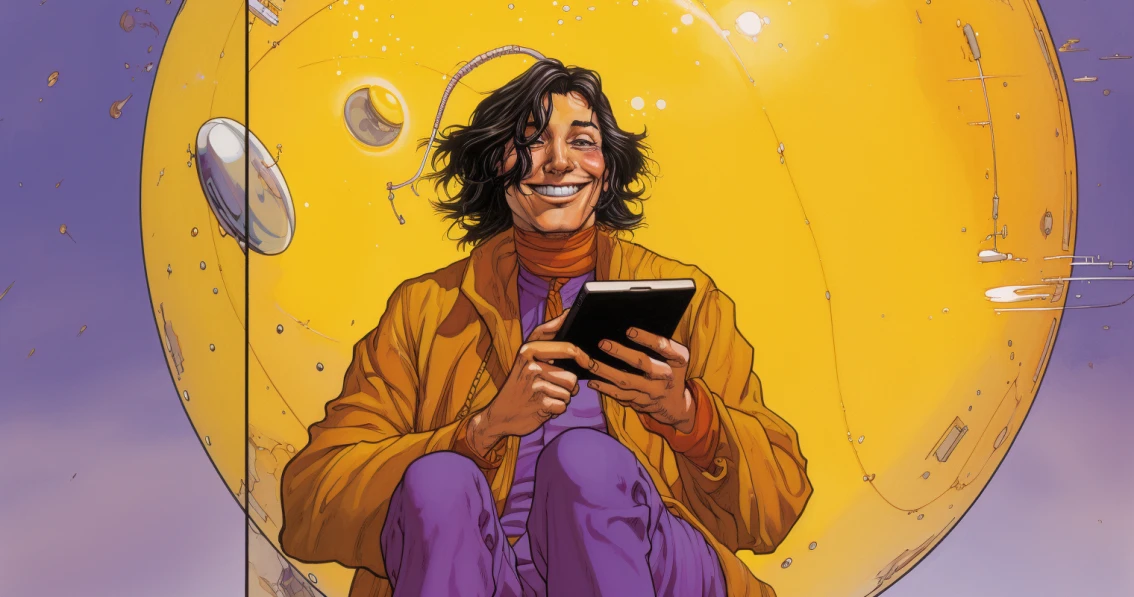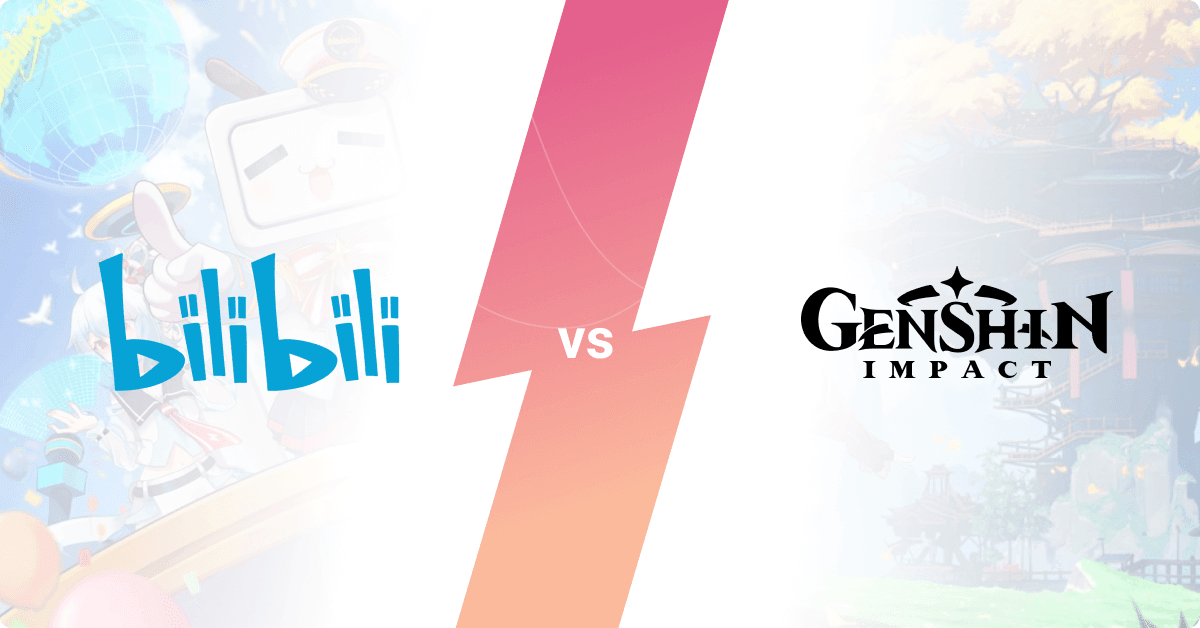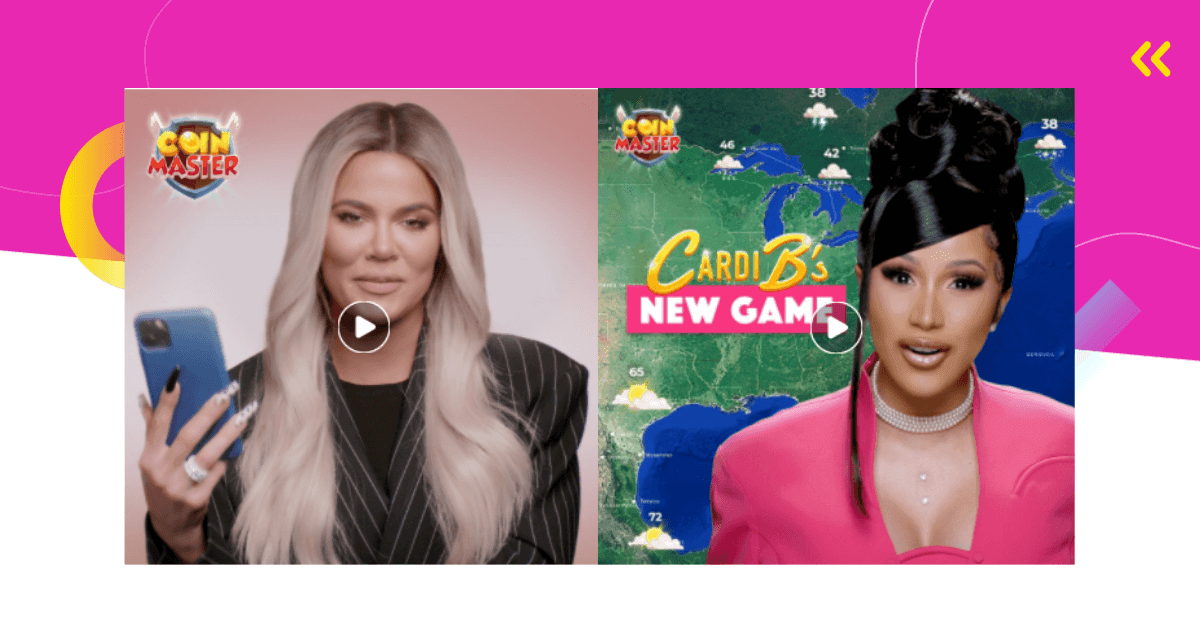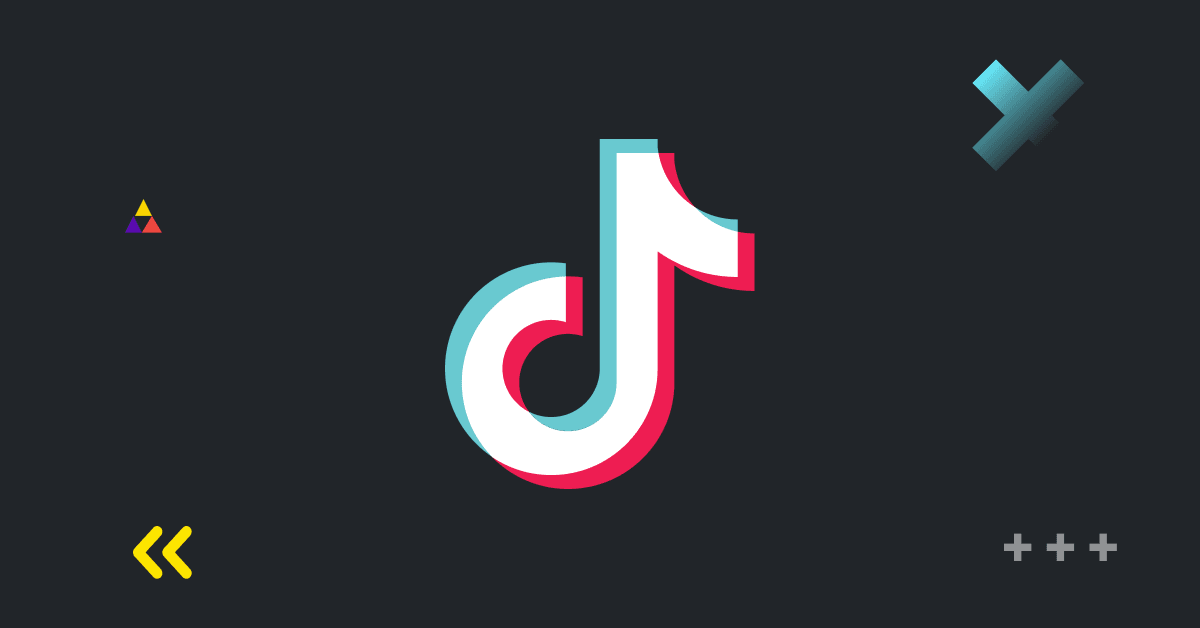Getting users to come back and stay hooked on your app or game is what re-engagement is all about. It’s super important for marketing and advertising in general, and even more so for mobile app marketing.
Think about it: people have tons of apps to choose from.
So, keeping their attention?
That’s the real game.
Mobile apps need their own special way to keep users interested. It’s more than just popping up and saying, “Hey, remember us?” It’s about making users want to keep using the app, again and again.
Let’s talk about why getting users back on board is key and the techniques and strategies for achieving that.
What is Re-Engagement Mobile App Marketing?
Re-engagement in the context of mobile apps refers to bringing back users who might have lost interest or haven’t interacted with an app for a while. It’s about creating reasons for users to keep coming back, showing them what they’ve been missing out on, or introducing new features or content that might interest them.
The end goal is to increase app metrics like engagement and app retention. Having engaged users who stick around allows app developers to earn more from their app through different monetization strategies.
User Acquisition vs. Re-Engagement
Re-engagement is a different beast compared to initial user acquisition.
User acquisition is a lot like the first date. It’s all about making a great first impression, getting users to download your app, and convincing them to give it a try.
On the other hand, re-engagement is all about keeping that relationship alive after the honeymoon phase. It’s about reminding users why they fell in love with your app in the first place and deepening that connection.
The Benefits of Re-Engagement for Mobile Apps
Why is re-engagement so important?
For starters, re-engaging existing users can be more cost-effective than finding new ones. Users who come back tend to be more engaged, spend more, and are more likely to spread the word about your app.
In other words, re-engagement isn’t just good for keeping your app relevant and top-of-mind; it’s also crucial for its longevity and profitability.

Why Mobile Apps Lose Engagement
Even the best mobile apps face the challenge of keeping users engaged over time. There are several common reasons why users might start to drift away.
First up, lack of content updates.
Imagine visiting your favorite cafe only to find they never change their menu. It gets boring, right? The same goes for mobile apps. Without fresh content or features, users might not find a reason to come back.
This is particularly important for mobile games, where LiveOps play a huge role in keeping engagement metrics healthy.
Poor user experience is another major reason.
If an app is hard to navigate, crashes a lot, or just doesn’t perform well, users are likely to lose interest fast. If an app more frustrating to use than helpful, users will switch to a competitor’s app.
Too many in-app ads can also contribute to a poor user experience – don’t be overly aggressive with ad monetization.
The competitive nature of the app marketplace also plays a huge role in user retention. With millions of apps at their fingertips, users have plenty of options.
If your app doesn’t continuously meet or exceed their expectations, there’s a good chance they’ll be tempted by competitors offering something new or better. This competition isn’t just about who has the flashiest features; it’s about who can provide consistent value and a superior experience to the user.
Re-Engagement Techniques for Mobile Apps
Now comes the important part – coming up with a re-engagement strategy that will bring back lapsed users.
Let’s dive deeper into each of these re-engagement techniques to understand how they work and why they’re effective.

Segmentation and Personalization
A key part of a re-engagement strategy is segmenting users based on their behavior. You should utilize this for all techniques we’re going to talk about in this section. Think of it as step zero.
Not all users disengage for the same reasons, so it doesn’t make sense to reach out to everyone with the same message.
For instance, some users might have stopped using the app because they didn’t understand its full range of features, while others might have been put off by a bug that has since been fixed. By segmenting these users, you can tailor your re-engagement campaigns to address their specific concerns or interests. When you segment users based on their psychological characteristics, that’s called psychographic segmentation.
This personalized approach makes your re-engagement efforts relevant and more effective.
Imagine receiving a message that speaks directly to your experience with an app, suggesting new features or updates that align with your interests. It feels more like a friend reaching out with a helpful suggestion than a company blasting out a generic advertisement.
Push Notifications
Push notifications are those little reminders that come directly from an app.
They pop up on a device’s screen and offer news, updates, or incentives designed to draw users back into the app.
The real magic of push notifications lies in their personalization and timing. By analyzing user data, apps can send notifications that are highly relevant to each user.
For example, if a user frequently checks out sports scores on an app, receiving a notification about their favorite team’s latest game can be a compelling reason to reopen the app.
Timing is also crucial; sending a notification at a time when the user is most likely to be active increases the chances of re-engagement.

Re-Engagement Ad Campaigns
Re-engagement ad campaigns target users who have already downloaded the app or game but haven’t been active recently. Through various social media platforms and ad networks, re-engagement ads remind users of the app and prompt them to open it again.
The focus here is on the completion of an action, like making an in-app purchase, viewing new content, or joining an app event. By highlighting specific actions, these ads aim to rekindle the user’s interest in the app or game.
So instead of traditional user acquisition campaigns where the goal is for new users to install the app, you’re using dynamic campaigns optimized for app events and targeting lapsed users.
When creating re-engagement ad campaigns, follow these steps:
- Analyze user behavior and find segments that have disengaged – this is your target audience. Consider factors such as how long it’s been since their last app interaction, previous purchase history, and how they initially engaged with the app.
- Once you’ve identified the users you want to reengage, the next step is to craft a message that resonates. The ads should remind them of what they enjoyed about the app while also highlighting new features or content that might attract their interest. For example, if a significant update has introduced new features or if there are special offers available, these should be front and center in your campaign.
- Re-engagement ad campaigns can run across various channels, including social media, and even within other apps via mobile ad networks. The choice of channel depends on where your target audience is most likely to see and respond to your ads.
- Using the data you’ve gathered on your users, optimize your ads to match their interests and previous interactions with your app. This could mean highlighting a feature they used frequently or offering a discount on a type of item they’ve shown interest in.

Gamification
Gamification involves incorporating game-like elements into non-game contexts, such as mobile apps, to motivate engagement and participation.
Along with re-engagement ad campaigns, gamification is one of the most effective techniques for reengaging users.
Here are a few ways to implement gamification:
- Progress Bars and Leveling Up: Use progress bars to show users how close they are to achieving a goal or reaching the next level within your app. This encourages them to continue engaging with your app to reach that next milestone.
- Challenges and Leaderboards: Introduce challenges or competitions with leaderboards to encourage users to participate more actively. Seeing their progress compared to others will motivate users to engage more frequently.
- Rewards and Badges: Offer rewards, badges, or tokens for completing tasks or reaching certain milestones. These rewards can be used within the app for various benefits, which makes them valuable to users or players.
Loyalty Programs
Loyalty programs are another fantastic re-engagement technique.
This approach is based on a simple yet powerful principle: rewarding users for their engagement and actions within the app.
By offering tangible benefits for actions such as making purchases, completing tasks, or simply logging in regularly, loyalty programs encourage users to keep coming back.
What makes them effective?
Loyalty programs create a sense of value and appreciation for users.
For example, a user might earn points for every purchase made through a shopping app, which can then be redeemed for discounts or special offers. Alternatively, a fitness app might reward users with badges or unlockable content as they hit certain milestones or achievements.
What’s great is that loyalty programs can be customized to fit the nature of the app or game and the interests of the user base.
Some common elements include:
- Points Systems: Users earn points for certain activities, which can then be exchanged for rewards.
- Tier Systems: Users progress through different levels or tiers and unlock increasingly valuable rewards as they go.
- Missions or Challenges: Users are encouraged to complete specific tasks within a set time frame to earn rewards.
Deep Linking: Seamless Navigation
Deep linking refers to using a hyperlink that directs users to a specific location within an app, rather than just launching the app.
This re-engagement technique removes barriers for the user by taking them exactly where they need to go, whether it’s a special offer, a new feature, or a piece of content they’ve shown interest in.
Deep linking is especially effective for re-engagement because it respects the user’s time and attention.
Re-Engagement Campaign Tools
Re-engagement campaigns become easier to implement and more effective with the right tools.
Here are my favorites:
-
Braze
- Pros: Known for strong personalization and automation features, Braze supports a wide range of channels, including push notifications, in-app messages, emails, and more. It also offers analytics to track campaign performance.
- Cons: Pricing can be on the higher side, which makes it more suitable for medium to large businesses with bigger budgets.
-
Leanplum
- Pros: Leanplum excels in mobile app engagement and offers deep personalization across channels like push, email, in-app messages, and more. Its A/B testing capabilities are also worth mentioning.
- Cons: Some users have noted a steep learning curve to fully leverage all of Leanplum’s features.
-
Airship
- Pros: Airship is highly regarded for its push notification and in-app messaging services. It offers strong segmentation, automation, and analytics features.
- Cons: Its focus is primarily on mobile channels, so businesses looking for a more omnichannel approach may need to integrate with additional platforms.
-
CleverTap
- Pros: CleverTap offers a comprehensive analytics platform combined with powerful segmentation and engagement tools across email, push, SMS, and in-app notifications.
- Cons: While CleverTap is feature-rich, maximizing its potential may require a dedicated team to manage and optimize campaigns.
-
MoEngage
- Pros: MoEngage shines with its AI-powered automation and personalization, and supports omnichannel engagement strategies. It also provides detailed analytics and insights into user behavior.
- Cons: Like others, the full suite of features requires a certain level of investment in terms of time and resources to fully utilize.







Comments